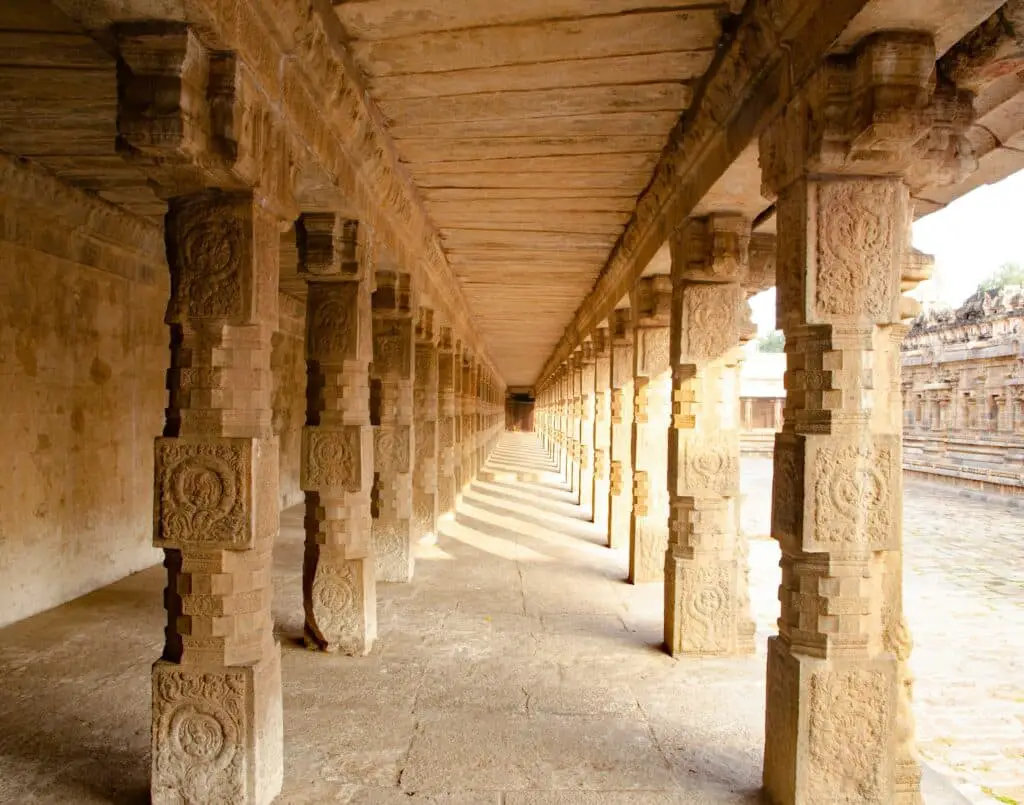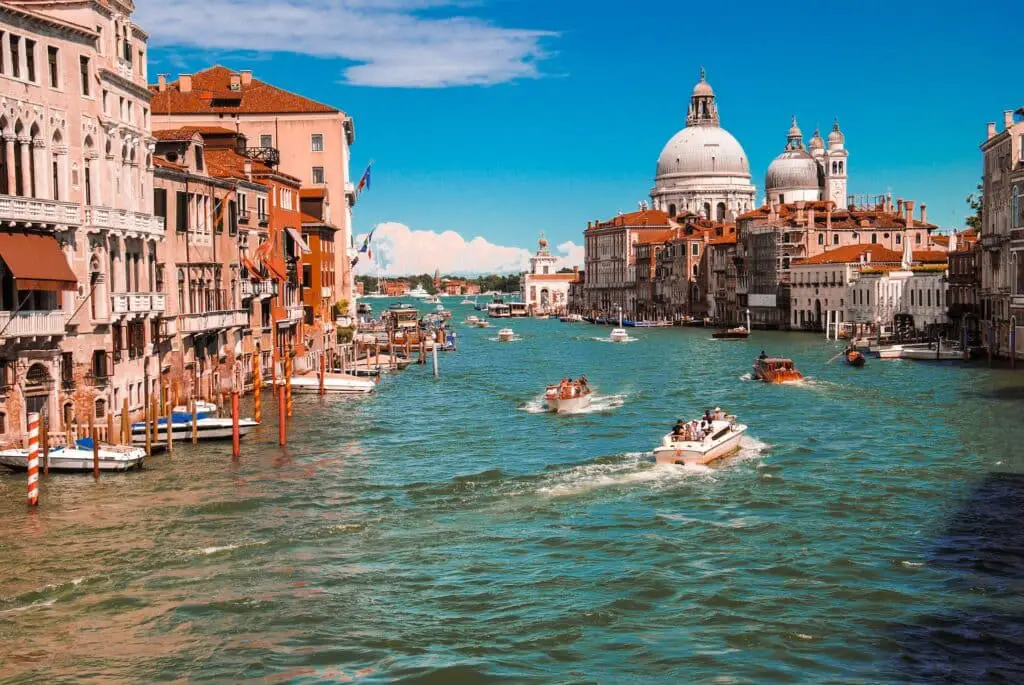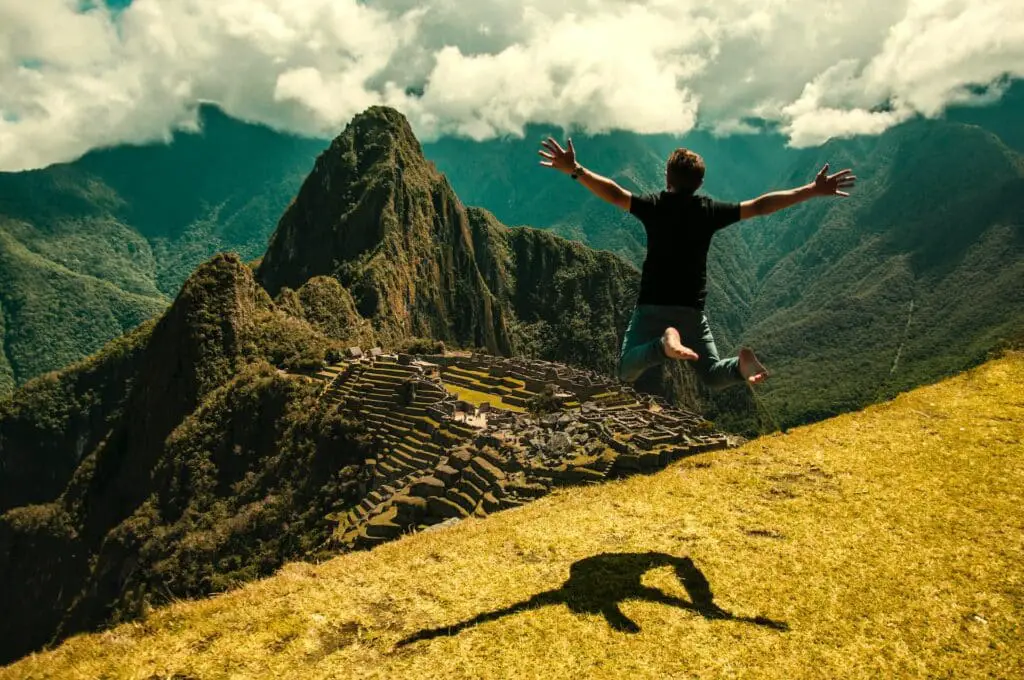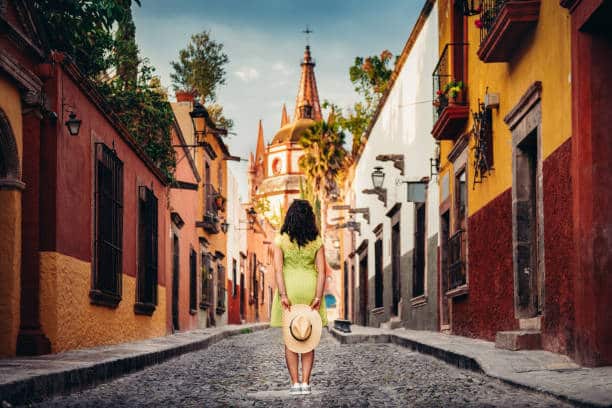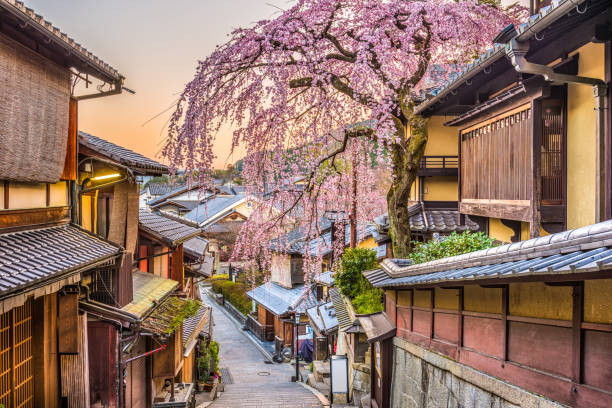
Kyoto City, once the Imperial Capital of Japan, holds the world’s unique attraction from its traditional beautiful culture, monuments and heritages to natural beauties and cuisines. City recognised as an ancient capital of Japan from 794 to 1868, includes some of the greatest temples, cultures, emperors and legacy of ancient Japanese kingdoms.
Kyoto is not just popular for its ancient temples and monuments, along with there are a number of other things like cuisines options, music festivals and cherry blossoms that make you more mesmerising and memorable place in your travel list. If you are an enthusiastic backpacker searching for places like temples, history, nature, food and culture in one place obviously Kyoto would be the answer your question.
However, here we are going to explain about the top 10 things to do if you are visiting Kyoto, Japan. These are the things which a backpacker can do irrespective of his religion, age and passion.
Things to Do in Kyoto, Japan
1. Take a Walk in Fushimi Inari Taisha
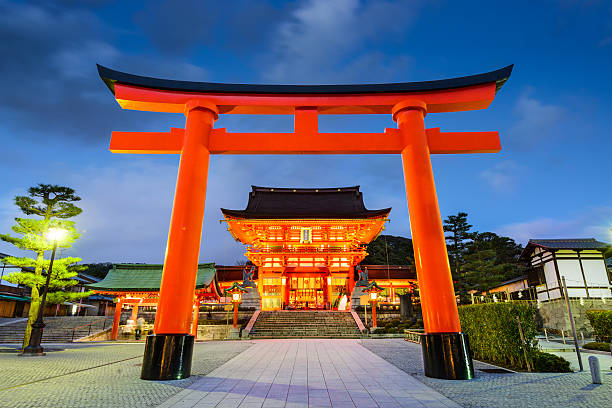
Fushimi Inari Taisha is a Shinto Shrine located in Kyoto, Japan. It contains 10,000 of vermilion orange color torii gates on both sides of the walking trails. Such a mesmerising Shinto Shrine is dedicated to Inari God, known for Kami or Spirit of rice, prosperity and good harvesting. Built in 711 on Inariyama hill by the Hattori family, underwent many significant promotions and renovation over a period of time till 1946. Its 233 meters of beautiful hiking or walking trails lead to fantastic pathways up to the sacred “Mount Inari”. In Order to hike through gates up to the Sacred Mount Inari, visitors can enjoy the beautiful views and natural setting without paying a single penny.
2. Visit Kyoto Imperial Palace
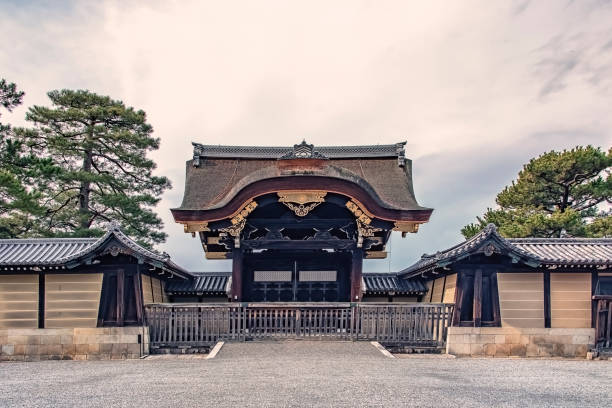
Symbol of Ancient Japanese Legacy, Kyoto Imperial Palace built in 792 by the Heian Kingdom, which located in the northern part of Kyoto Gyoen National Garden, Kyoto. Imperial Palace is exclusively dedicated to the Japanese Tang Style, with the highlights of Tiled roofs and colourful pillars. However, the Palace also witnessed ancient elements like cypress bark roofs and plain wood constructions. Kyoto Imperial Palace was once a residence of the Great Emperor of Japan, a place which is covered by the beautiful lush green gardens and moats. Experience the architectural and historical beauties is free of cost especially if you try to move to the grounds of the Palace.
Related Search: Imperial Palace, Tokyo.
3. Pray at Nijo Castle
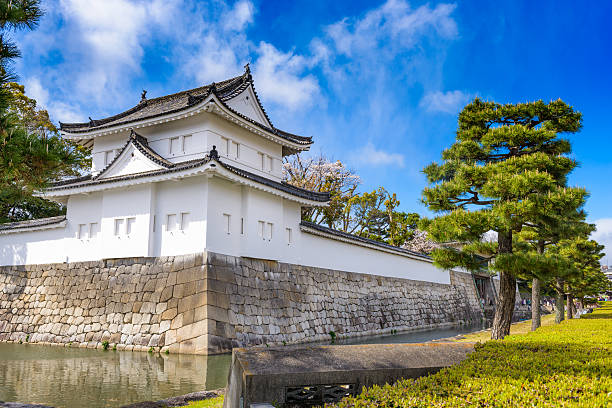
UNESCO World Heritage Site, Nijo Castle is another architectural marvel in Kyoto, Japan. Also known as Niijo-jo built in 1603 as a residence of Tokugawa ieyasu (founder of Tokugawa Shogunate). Castle has many historical significance primarily built for resident purposes but over a period of time it became a space for government meetings and events and defence purposes. Visitors should pay prescribed entrance fees to explore its architectural beauties and stunning gardens along with “Nightingale floors”. Never miss to be a part of castles night lightings and events such as Naked Sakura Festivals, summer festivals and Interactive illumination.
4. Visit Kinakaku-ji Temple

More interesting and impressive Three Tier of Golden Pavilion is another beautiful example of the Legacy and Architectural symbols of Japan. Kinakaku-ji is a Zen Buddhist temple often known as a “Golden Pavilion”, covered by the Gold leaf and lush green garden surroundings. Also called “Rokuon-ji” built in 1397 CE, by the Heian period as a retirement villa for “Shogun Ashikaga Yoshimitsu”. Its interesting feature is the “Golden Pavilion”, which was built according to Shinden Style (first floor), Bukka or Buke Zukuri Style (middle floor), and Zen style (third floor) and each of these floors are covered by the plated “Gold leaf”. Visitors can explore its beauty and unknown facts in order to pay certain fees.
5. Take a Walk in Ryoan-ji Temple Rock Garden
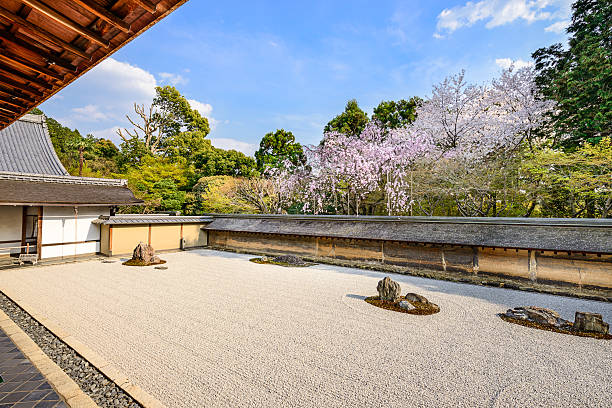
Often known as Zen Rock Garden, Ryoanji Temple Garden is considered as the most famous and visited park in Kyoto. Ryoanji temple belongs to the Myoshinji School of the Rinzai branch of Zen Buddhism. Located just 10 minutes away from the north Ryoanji station, built as a villa for the lord Tokudaiji family in 1450. Gardens features include, layout of fifteen stones with various sizes set atop white sand in a space about 250 sq. meters. Gardens 15 stones are cleverly arranged according to panoramic views offered to visitors. Its “Tsukubai” is really impressive, which is a stone wash basin at the back of the priest’s chamber, where visitors should clean their hands before entering the tea ceremony.
6. Explore Lush Arashiyama Bamboo Park
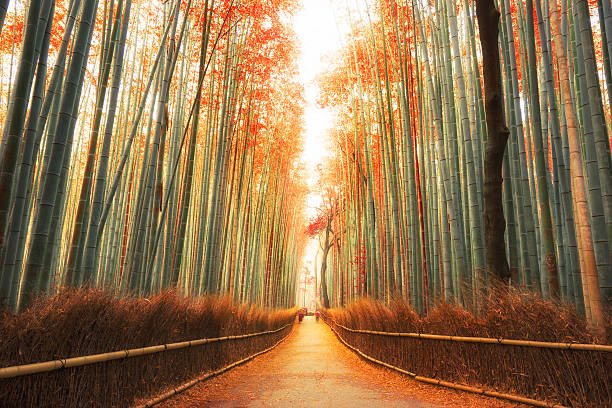
Located in the village of Sagno on the west side of Kyoto, Japan offers vast collections of Bamboos (Moso Bamboo), reaching a height of 25 meters and 25 cm diameter. Such an incredible and special park in Japan attracts millions of visitors every year, especially photographers and nature lovers. These massive bamboo areas include ideal walking trails for backpackers to take a leisurely stroll amidst Bamboo Forest. UNESCO World Heritage site spans 3,950 acres of Forest land and 16 square kilometres of walking trails witnessing temples and shrines such as Nonomiya Shrine. Never forget to discover its past history and indulge in its natural beauty.
7. Take Leisurely Stroll in Philosopher’s Path
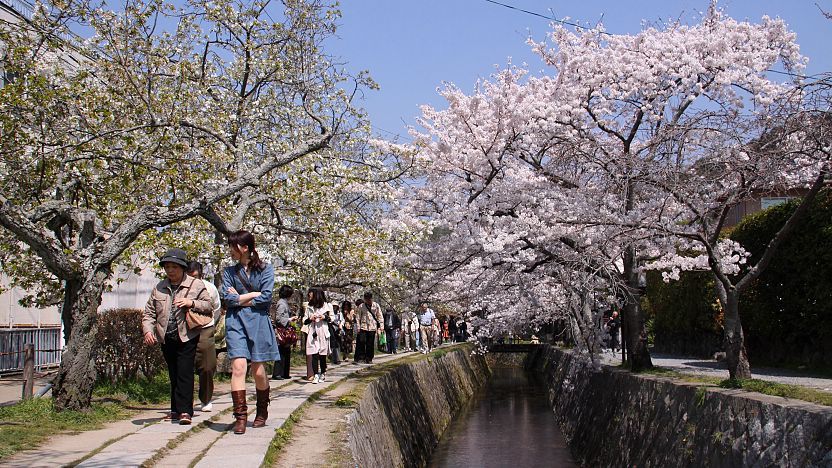
The Philosopher’s Path or Tetsugaku no Michi, the most scenic stone walking path in Kyoto. Walking path is more valuable and worth one only if you visit during Cherry blossoms or Sakura, when the flowers of trees in Prunus subgenus Cerasus. Philosopher’s path passing through the northern part of Kyoto city, followed a canal which is lined by hundreds of cherry trees. However, this walking trail leads to some of the ancient Japanese temples and shrines such as Ginkaku-ji and Nanzen-ji. Philosopher’s path also witnesses too many restaurants, cafes and boutiques making your walking journey even more joyful. It is very important to be there from early April to till May to enjoy the beauty of the Path while walking amidst these spectacular trees.
8. Explore Nazen-ji Temple
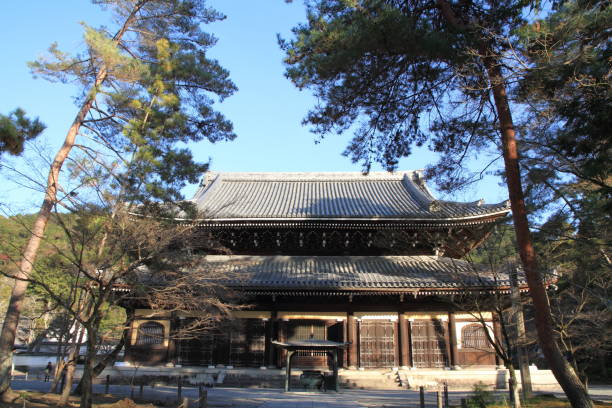
One of the important Zen Budhhist (especially for the Rinzari section) temples like Kinakaku-ji Temple and Ryoan-ji Temple Rock Garden. Nanzen-ji temple intrinsic feature is Front Massive Gate that drives structure and gardens on the grounds. Built in 1264, its rock garden exhibits the main hall and beauty of Nanzen-ji temple during autumn. Despite the garden and gates, the Temple is so impressive by its colourful artefacts, the sliding screen of the hall including lavish paintings those belongs to 17th century Kano school. Never forget to sleep under the shade trees and part of the lake Biwa aqueduct during your Nanzen-ji temple discovery.
9. Shop at Nishiki Market
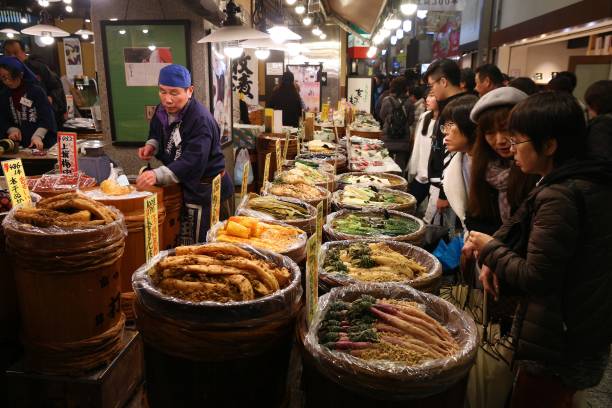
The 390 meter long Nishiki Market considered as vibrant market in Kyoto which provides both fresh and preserved foods like Duck, Pickles and other Japanese Sweets and fresh foods. Initially it was an open air fish market around 400 years ago, but today it serves stuff like tea, rice crackers and dried fish snacks. Traditional oriented market located in Shijo between Teramachi and Shinmachi region of Kyoto, still serves some of the locally grown foods and vegetables. Cuisines such as Tsukemono, Smooth aubergine, Tofu, Kyo-yasai, wagashi, tea and fresh fish and shellfish are more displaying items.
Under Nishiki market some of the shops even today sell foods like yakitori and sashimi. In Order to be part of the Afternoon Japanese izakaya Cooking Class, visitors may learn how to make sweet black beans and chilli coated rice cakes. Market operates from 9 am to 5 pm except Wednesday. For more information about Nishiki Market click here.
10. Watch and Part of the Miyako Odori Dance Performances

Miyako Odori Dance is a 50 minute dance performance including dance, song and theatrical collections. Dance performances held every afternoon with four performances per day from April 1 to 30. Miyako Odori started in 1872, today it has maintained 150 years of historical value especially during the spring months of Japan. Dance performances include 8 scenes that showcase the changing season from spring to the following spring. Every scene under dance represents famous historical sites and classical Japanese literature. Every year dance and cultural performances involve the productions and casts. If you want to watch a Miyako Odori dance performance you should purchase a ticket in advance.
Related Articles: Tokyo, Japan- Place where you meet Modernity with Traditions.

